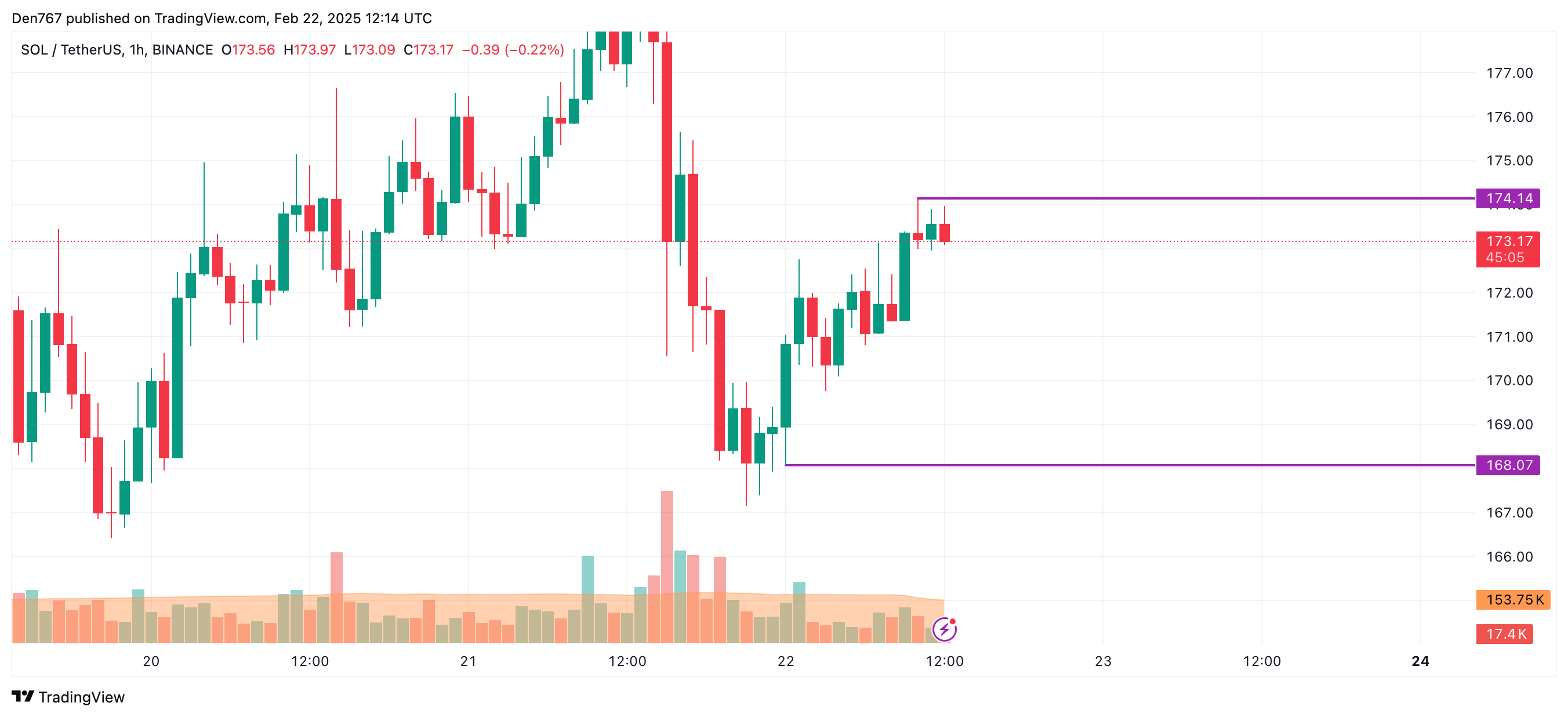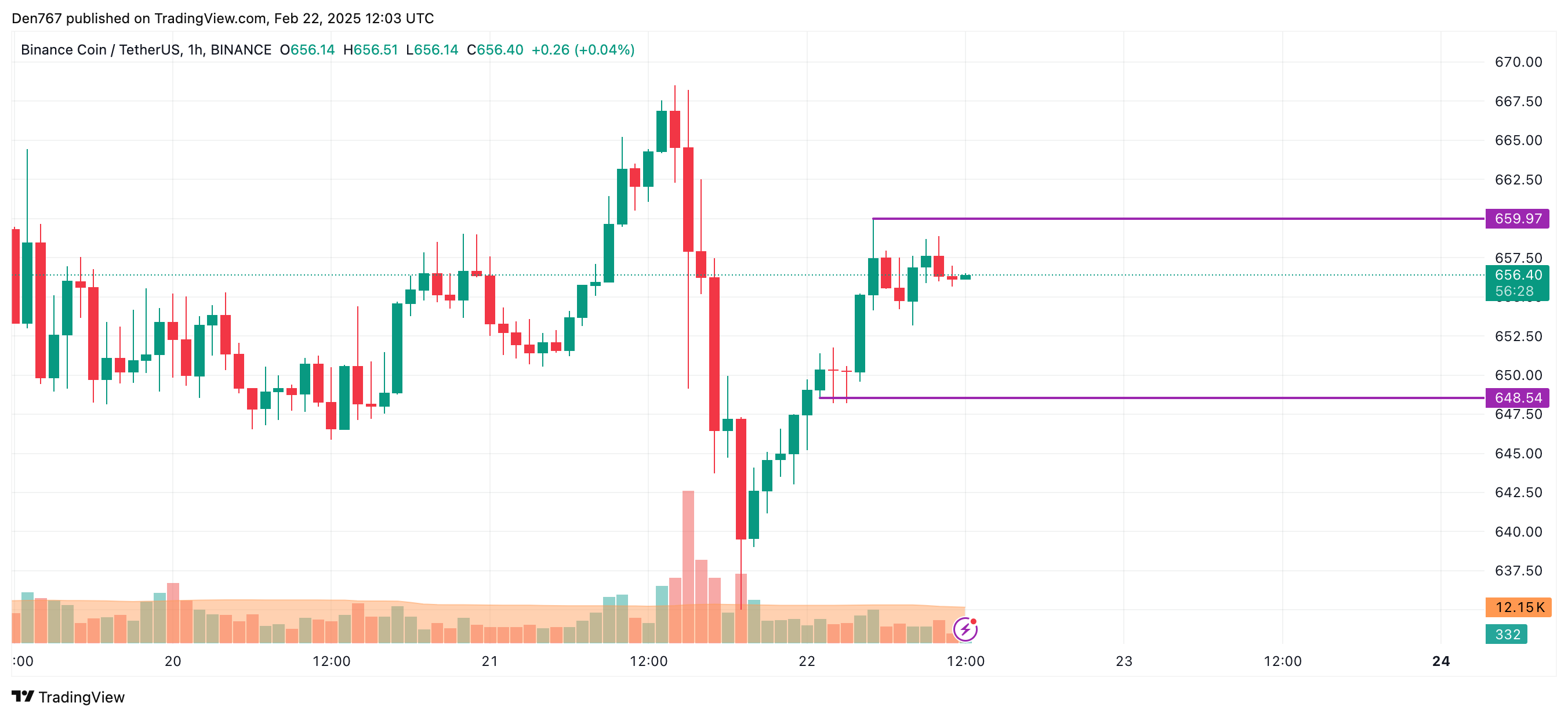Category: Forex News, News
Near-term outlook remains bullish despite mixed UK data
- GBP/USD climbed to its highest level in two months above 1.2650 on Friday.
- Mixed macroeconomic data releases from the UK limit the pair’s upside.
- The US economic calendar will feature preliminary PMI reports for February.
GBP/USD corrects lower and trades near the 1.2650 area in the European session on Friday, after having set a new two-month high at 1.2678 earlier in the day. Despite the recent pullback, the pair’s technical outlook suggests that the bullish bias remains intact.
British Pound PRICE This week
The table below shows the percentage change of British Pound (GBP) against listed major currencies this week. British Pound was the strongest against the Canadian Dollar.
| USD | EUR | GBP | JPY | CAD | AUD | NZD | CHF | |
|---|---|---|---|---|---|---|---|---|
| USD | 0.17% | -0.48% | -1.25% | 0.09% | -0.55% | -0.65% | -0.13% | |
| EUR | -0.17% | -0.49% | -1.45% | 0.02% | -0.64% | -0.72% | -0.20% | |
| GBP | 0.48% | 0.49% | -0.86% | 0.52% | -0.09% | -0.23% | 0.29% | |
| JPY | 1.25% | 1.45% | 0.86% | 1.36% | 0.73% | 0.81% | 1.09% | |
| CAD | -0.09% | -0.02% | -0.52% | -1.36% | -0.62% | -0.74% | -0.22% | |
| AUD | 0.55% | 0.64% | 0.09% | -0.73% | 0.62% | -0.09% | 0.44% | |
| NZD | 0.65% | 0.72% | 0.23% | -0.81% | 0.74% | 0.09% | 0.52% | |
| CHF | 0.13% | 0.20% | -0.29% | -1.09% | 0.22% | -0.44% | -0.52% |
The heat map shows percentage changes of major currencies against each other. The base currency is picked from the left column, while the quote currency is picked from the top row. For example, if you pick the British Pound from the left column and move along the horizontal line to the US Dollar, the percentage change displayed in the box will represent GBP (base)/USD (quote).
On Thursday, the broad-based selling pressure surrounding the US Dollar (USD) helped GBP/USD push higher. Disappointing Jobless Claims data and falling US Treasury bond yields weighed on the USD.
The UK’s Office for National Statistics (ONS) reported early Friday that Retail Sales rose by 1.7% on a monthly basis in January. This reading followed the 0.6% decline recorded in December and came in better than the market expectation for an increase of 0.3%.
Other data from the UK showed that the S&P Global/CIPS Manufacturing PMI dropped to 46.4 in early February, suggesting that the business activity in the manufacturing sector contracted at an accelerating pace. On a positive note, the Services PMI improved to 51.1 from 50.9 in January. Nevertheless, these mixed data releases seem to be making it difficult for Pound Sterling to preserve its strength.
S&P Global will release the Manufacturing and Services PMI reports for the US later in the day. If either of the headline PMIs unexpectedly come in below 50 and point to a contraction, the initial market reaction could force the USD to come under renewed selling pressure and open the door for a leg higher in GBP/USD.
GBP/USD Technical Analysis
The Relative Strength Index (RSI) indicator on the 4-hour chart retreats toward 60 after rising slightly above 70 on Thursday, suggesting that the bullish bias remains intact following a technical correction.
GBP/USD faces a pivot level at 1.2650 (Fibonacci 78.6% retracement of the latest uptrend). If the pair manages to stabilize above this level and confirms it as support, 1.2700-1.2710 (round level, static level) could be seen as next resistance before 1.2750 (static level).
On the downside, 1.2600 (round level, static level) aligns as first support ahead of 1.2530 (Fibonacci 61.8% retracement) and 1.2500 (round level, static level).
Pound Sterling FAQs
The Pound Sterling (GBP) is the oldest currency in the world (886 AD) and the official currency of the United Kingdom. It is the fourth most traded unit for foreign exchange (FX) in the world, accounting for 12% of all transactions, averaging $630 billion a day, according to 2022 data. Its key trading pairs are GBP/USD, also known as ‘Cable’, which accounts for 11% of FX, GBP/JPY, or the ‘Dragon’ as it is known by traders (3%), and EUR/GBP (2%). The Pound Sterling is issued by the Bank of England (BoE).
The single most important factor influencing the value of the Pound Sterling is monetary policy decided by the Bank of England. The BoE bases its decisions on whether it has achieved its primary goal of “price stability” – a steady inflation rate of around 2%. Its primary tool for achieving this is the adjustment of interest rates. When inflation is too high, the BoE will try to rein it in by raising interest rates, making it more expensive for people and businesses to access credit. This is generally positive for GBP, as higher interest rates make the UK a more attractive place for global investors to park their money. When inflation falls too low it is a sign economic growth is slowing. In this scenario, the BoE will consider lowering interest rates to cheapen credit so businesses will borrow more to invest in growth-generating projects.
Data releases gauge the health of the economy and can impact the value of the Pound Sterling. Indicators such as GDP, Manufacturing and Services PMIs, and employment can all influence the direction of the GBP. A strong economy is good for Sterling. Not only does it attract more foreign investment but it may encourage the BoE to put up interest rates, which will directly strengthen GBP. Otherwise, if economic data is weak, the Pound Sterling is likely to fall.
Another significant data release for the Pound Sterling is the Trade Balance. This indicator measures the difference between what a country earns from its exports and what it spends on imports over a given period. If a country produces highly sought-after exports, its currency will benefit purely from the extra demand created from foreign buyers seeking to purchase these goods. Therefore, a positive net Trade Balance strengthens a currency and vice versa for a negative balance.
Written by : Editorial team of BIPNs
Main team of content of bipns.com. Any type of content should be approved by us.
Share this article:









